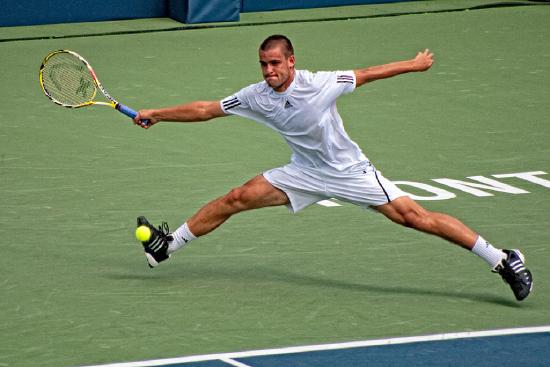9.1: Introduction to Muscle Tissue
- Page ID
- 22315
Chapter Learning Objectives
After studying this chapter, you will be able to:
- Explain the organization of muscle tissue
- Describe the function and structure of skeletal, cardiac muscle, and smooth muscle
- Explain how muscles work with tendons to move the body
- Describe how muscles contract and relax
- Explain the development and regeneration of muscle tissue
When most people think of muscles, they think of the muscles that are visible just under the skin, particularly of the limbs. These are skeletal muscles, so-named because most of them move the skeleton. But there are two other types of muscle in the body, with distinctly different jobs. Cardiac muscle, found in the heart, functions to pump blood through the circulatory system. Smooth muscle functions in various involuntary movements, such as having one’s hair stand on end when cold or frightened, or moving food through the digestive system. This chapter will focus on the structure and function of skeletal muscles.

Contributors and Attributions
OpenStax Anatomy & Physiology (CC BY 4.0). Access for free at https://openstax.org/books/anatomy-and-physiology


